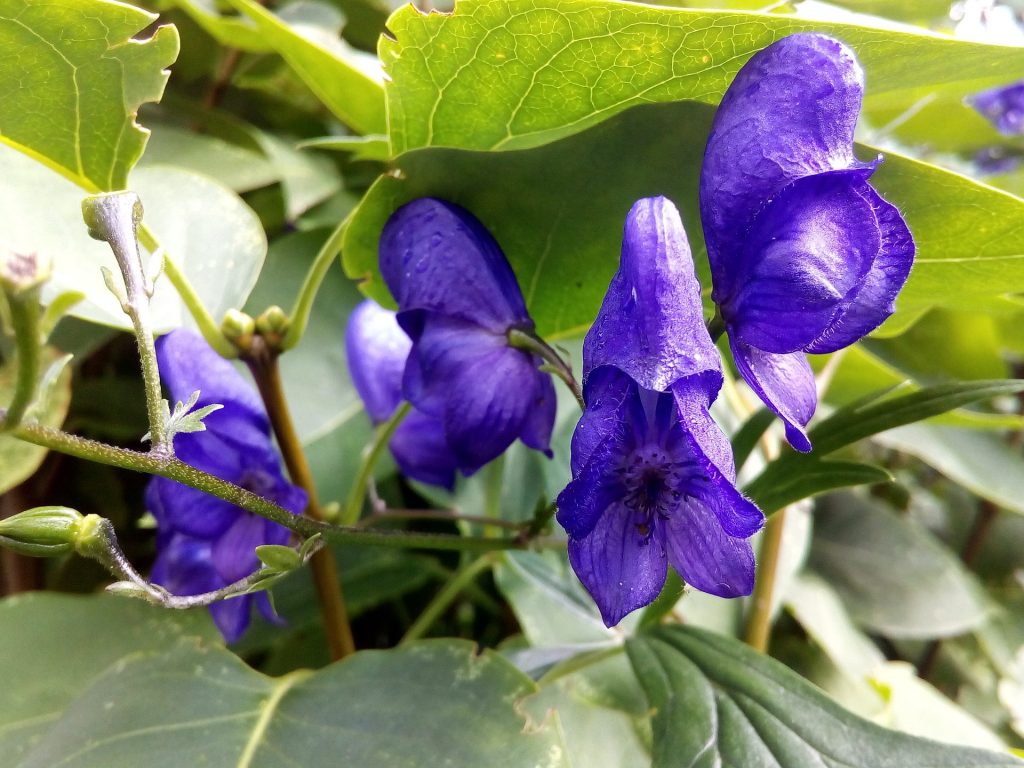 The aerial parts of the American Skullcap plant (Scutellaria lateriflora) have been traditionally used for their medicinal properties. In particular, American skullcap may have central nervous system effects that include sedative, anxiolytic and antidepressant effects. American Skullcap is high in phenolic compounds, particularly flavonoids and these may explain the central nervous system effects of the plant. Studies have shown that different plants contain broadly the same constituents, but that there is some wide variation in their concentrations that may affect their medicinal properties. The flavonoids in American skullcap include baicalein, baicalin, wogonin, and wogonoside, and the flavonoids are possibly responsible for the anxiolytic properties of skullcap. The flavone glycosides scutellarein and ikonnikoside I may bind to 5-HT7 serotonin receptors. American skullcap also contains an essential oil, diterpenoids and amino acids. These may contribute to the central nervous system effects of skullcap.
The aerial parts of the American Skullcap plant (Scutellaria lateriflora) have been traditionally used for their medicinal properties. In particular, American skullcap may have central nervous system effects that include sedative, anxiolytic and antidepressant effects. American Skullcap is high in phenolic compounds, particularly flavonoids and these may explain the central nervous system effects of the plant. Studies have shown that different plants contain broadly the same constituents, but that there is some wide variation in their concentrations that may affect their medicinal properties. The flavonoids in American skullcap include baicalein, baicalin, wogonin, and wogonoside, and the flavonoids are possibly responsible for the anxiolytic properties of skullcap. The flavone glycosides scutellarein and ikonnikoside I may bind to 5-HT7 serotonin receptors. American skullcap also contains an essential oil, diterpenoids and amino acids. These may contribute to the central nervous system effects of skullcap.

The central nervous system effects of American Skullcap have been evidenced through its anticonvulsant properties. Artificially induced seizures caused by drugs such as pilocarpine and pentylenetetrazol can be inhibited by administration of American skullcap extracts, demonstrating significant anticonvulsant activity. This may explain the traditional use of American skullcap for the treatment of epilepsy and other neurological disorders including nervous tension and hysteria.
Eat Well, Stay Healthy, Protect Yourself
RdB
